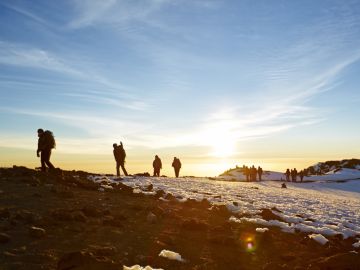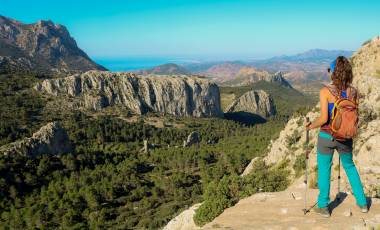We’re not here to tell you about all the benefits walking can do for your physical and mental well-being – although there are plenty. We’re here to make the case for intrepid explorers. One of the best ways to discover any destination is on foot – going to places that are often inaccessible to other modes of transport. On our incredible walking adventures, we invite you to take a walk on the wild side, towards towering rock formations, panoramic peaks, ancient pilgrimage trails and lush forests that are home to some of the world’s most fascinating primates. Intrigued? Read on to discover our top choices for keen walkers and trekkers this year.
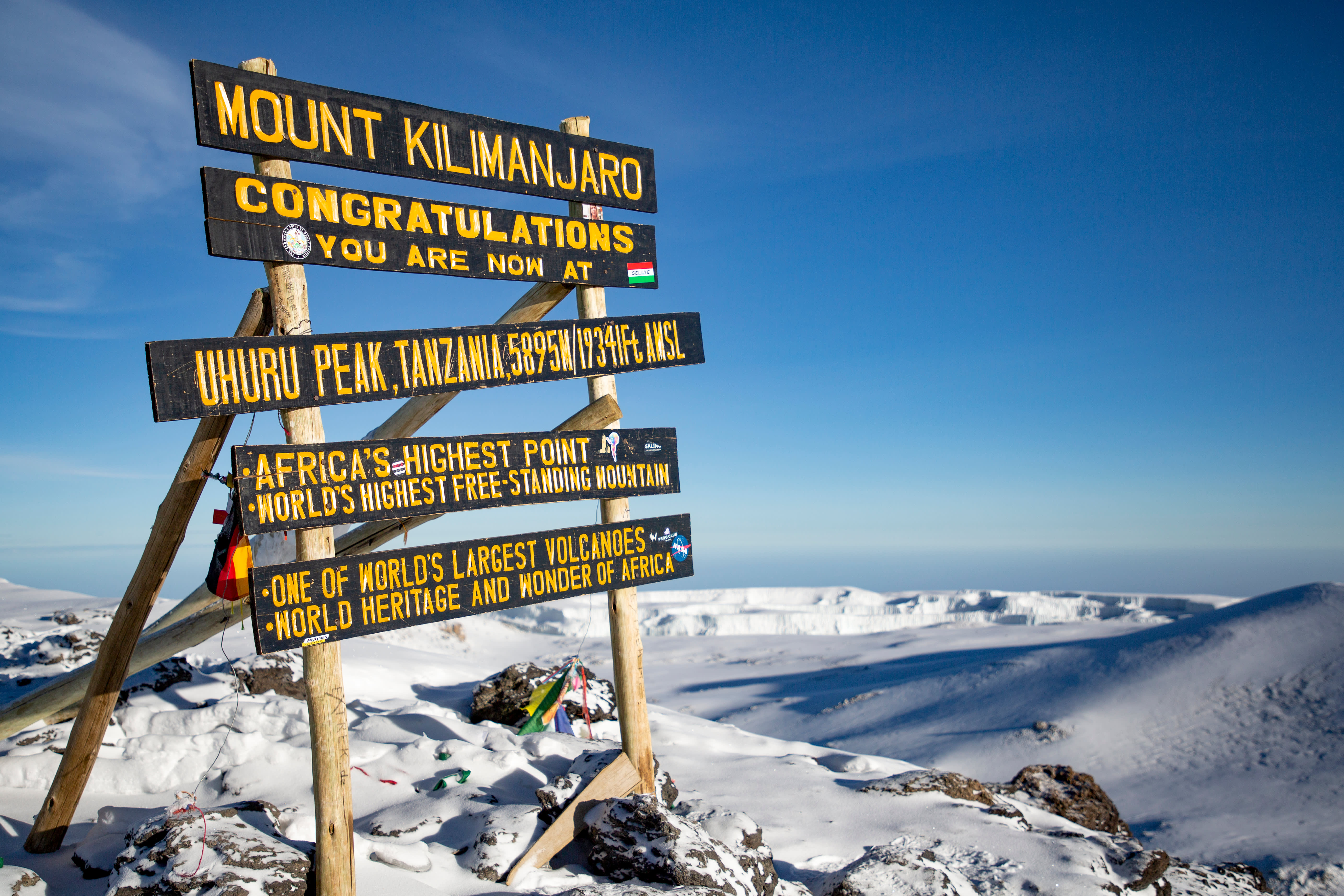
1. Trek to the Roof of Africa – Mt. Kilimanjaro
Standing at an impressive 5,895 metres above sea level, Mt. Kilimanjaro is not only the tallest mountain in Africa, but also the highest single free-standing mountain in the world, so understandably making it to the summit is on many a traveller’s wish list for good reason. Our Kilimanjaro Climb – Lemosho Route, allows you to take on one of the least-trekked routes to the top of Kilimanjaro, and thanks to our local guides’ unrivalled knowledge of the terrain, we’re proud to say that 96% of travellers on our guided groups make it to “the roof of Africa”.
After entering the park gate, you’ll walk past the wild Shira Plateau and spend the following day acclimatising by summiting the breathtaking Shira Cathedral, a buttress of rock, where you can see pinnacles, steep spires and what remains of the original Shira crater before it collapsed an estimated 500,000 years ago. Next, your route will pass glaciers of the Western Breach and the famed Barranco Wall, before heading out on undulating trails on the south-eastern flank of Kibo – where you can admire the icefields. After a night’s stay in the Karanga camp, you’ll make a challenging, but rewarding, climb up to Barafu where you’ll have an early night before the final ascent to Stella’s Point (5,735m) the next day – just in time for sunrise! Complete this spectacular journey by trekking that bit further to the highest point of the rim – Uhuru Peak (5,895m) to take a group picture with the signpost.
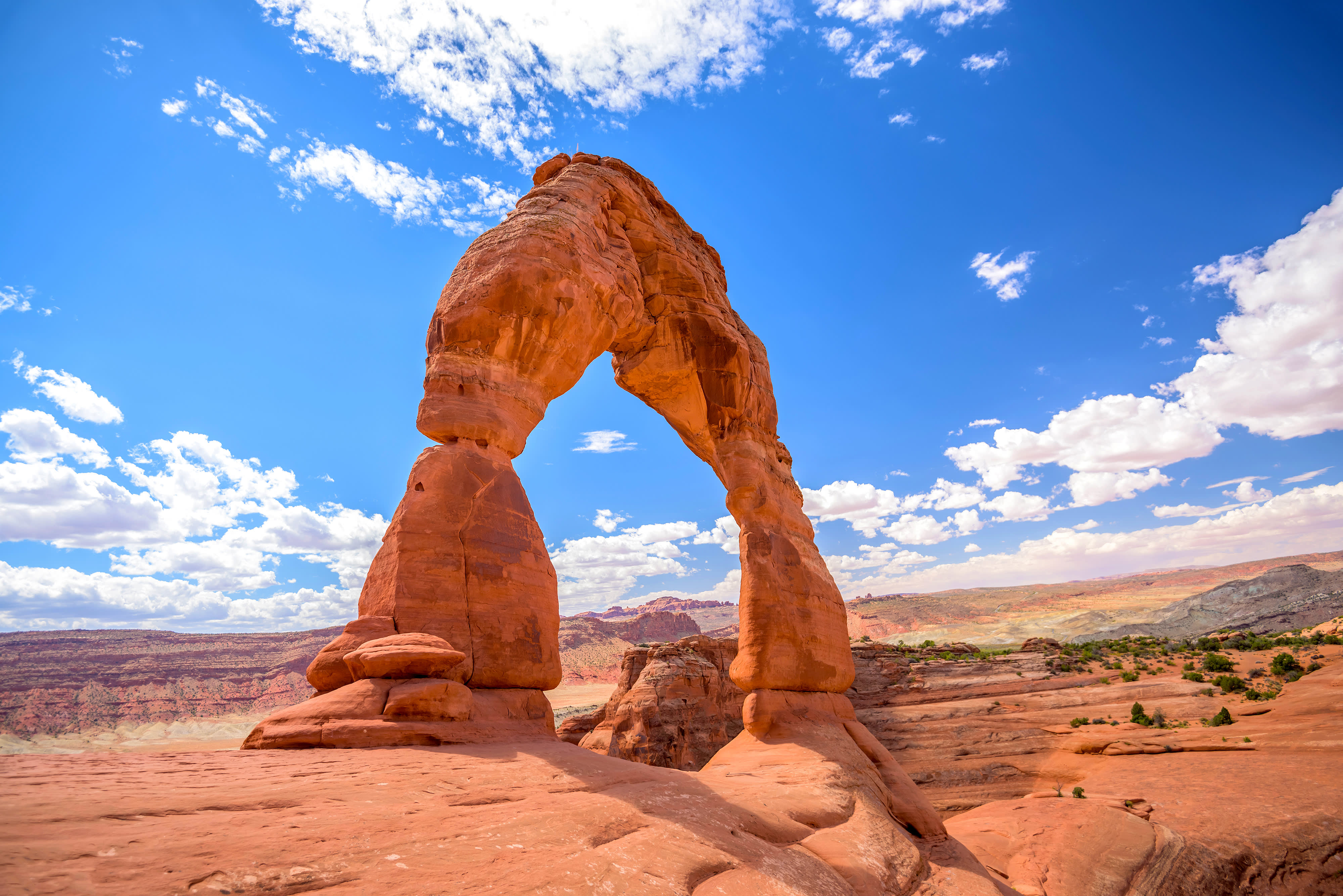
2. Hike to the famous Delicate Arch
Exploring the incredible National Parks of Southwest USA should be on every trekker’s wishlist. The backdrop of red rock formations, other-worldly hanging gardens and remote desert landscapes are enough to entice anyone to explore this slice of America on foot – and our guided National Parks Walk itinerary strikes the perfect balance of ticking off some of the country’s most iconic parks while also giving you time to discover off-road trails.
Beginning in Sin City, you’ll have the opportunity to soak in the bright lights and bustling casinos on the Las Vegas strip, before heading out to Zion National Park. After visiting the park’s Emerald Pools, your route veers through the park’s picturesque water channel, the Zion Narrows, and on to explore the network of trails including the Watchman Trail or Angels Landing.
With full-day tours of Bryce Canyon National Park and Monument Valley and a two-day exploration of Grand Canyon National Park, you’ll also spend time admiring the landscapes in the Arches National Park and Canyonlands National Park. Lying on top of a salt bed, the Arches National Park has seen some extreme climate changes over the millennia. Being one of the most studied geologic zones in the country, geologists claim that the park’s peculiar vertical arches were a result of debris from floods and ocean waters that pushed the earth upwards into domes-like structures and down into hollow pockets.
One of the most famous arches is undeniably the Delicate Arch. Commonly recognised as the symbol of Utah, this 52-foot tall free-standing natural arch has had some colourful nicknames throughout its history, including “Cowboy Chaps” and Old Maid’s Bloomers”, but whatever name you choose to call it, it’s hard to dispute that the Delicate Arch is one of the most impressive natural structures in America. While walking along the steady uphill trail toward the arch, keep an eye out for the Wolfe Ranch cabin and the wall of Ute Indian petroglyphs.
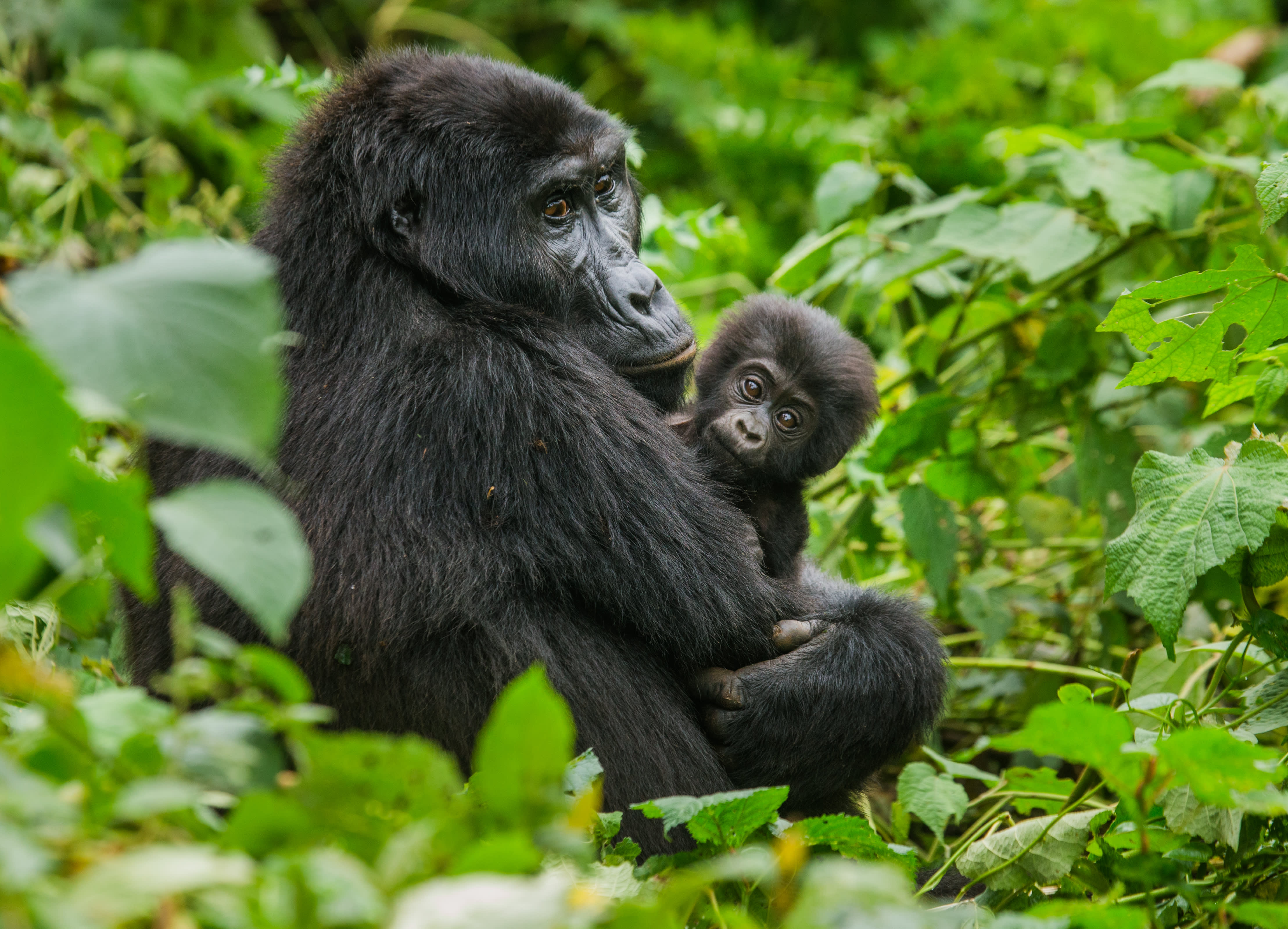
3. Watch Mountain Gorillas in Bwindi’s misty peaks
One of the highlights of our Chimps and Gorillas of Uganda wildlife trip is the walk you get to do on day six in the Bwindi Impenetrable Forest in southwestern Uganda. Dating back over 25,000 years, the Bwindi Impenetrable Forest is one of the most biologically diverse forests in Africa, with Chimpanzees, Black-fronted Duiker, Golden cats, and Giant Forest hogs roaming through the area. However, it’s most famously known to be one of the best places on the planet to spot the endangered Mountain gorilla.
Even though this forest is home to half of the world’s population of Mountain gorillas, you’ll need an expert tracking guide, to help you navigate across the dense vegetation and undulating terrain. With extensive stands of bamboo and thick ground cover of vines and ferns, it’s no coincidence why this particular forest is named “impenetrable”, so it’s essential to have a knowledgeable local trekking guide who not only knows the region inside and out but also offers guidance on how to respectfully view troops of Mountain gorillas in the wild.
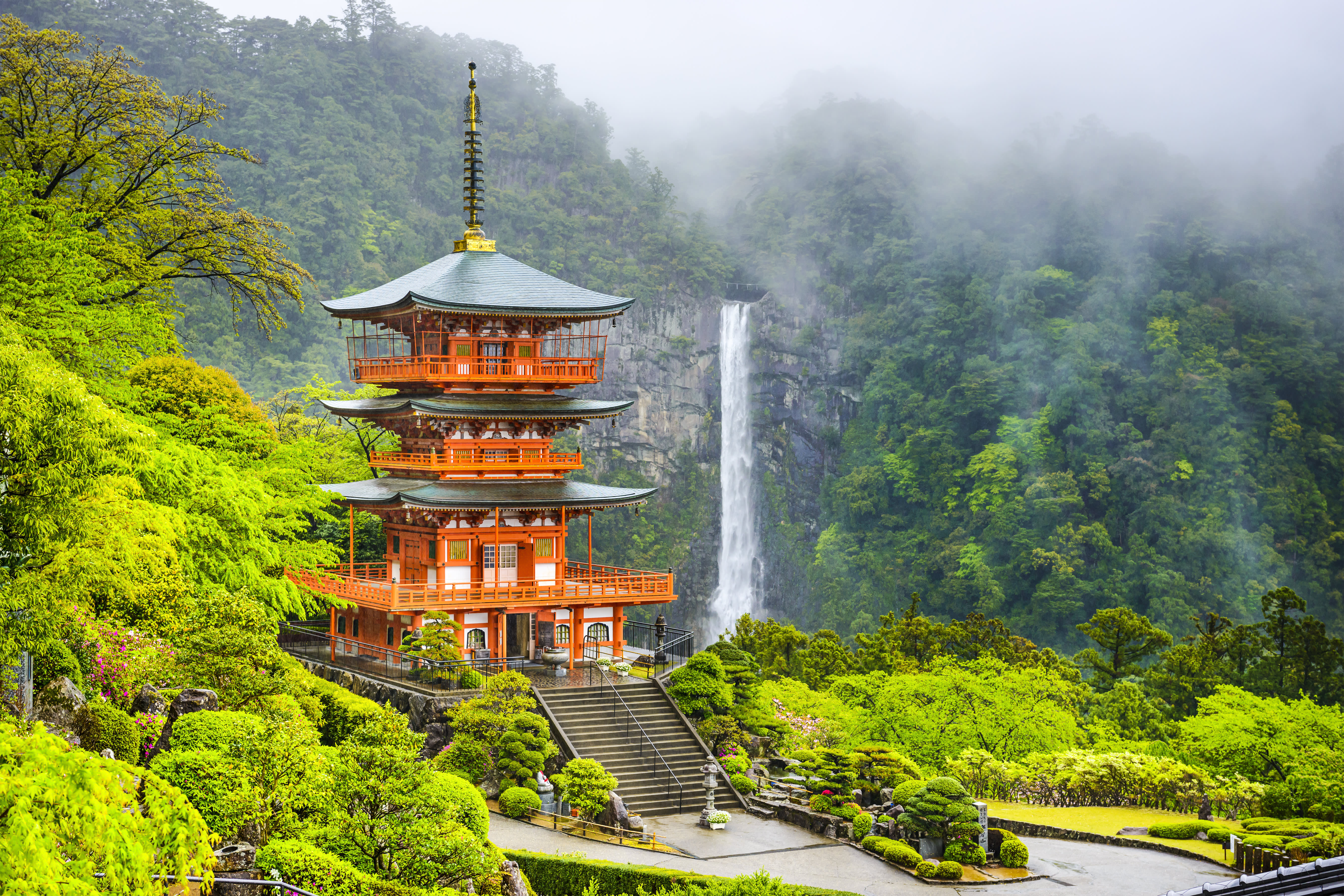
4. Take a pilgrimage along the ancient Kumano Kudo
The 1,000-year-old Kumano Kudo trail is undoubtedly one of the country’s most revered ancient pilgrimage routes and is also one of only two pilgrimages in the world to have earnt UNESCO World Heritage Site status. When it was first established, retired emperors, aristocrats and the general public flocked to walk the network of routes to visit Shinto shrines and sacred Buddhist temples. Over the last couple of decades, traditional ryokan inns and hot springs have been added to the cultural landmarks you can experience along the way, giving you a fascinating insight into traditional Japanese culture.
On our Japan’s Kumano Kudo trip, you’ll take in the best sections of this 70km trail. Hiking through the mountains, you’ll have the opportunity to visit key historic shrines, including Takahara, Hongu Taisha, and the Kumano Nachi Taisha shrine en route. The itinerary takes you through forested trails, small villages and towards one of the oldest natural hot-spring villages in Japan, Yunomine Onsen. Afterwards, the adventure continues with a more challenging trek to the Waroda-ishi rock, and over Funami-toge Pass before finishing the day trek near the Pacific Ocean where you can visit the Nachi Grand Shrine and the breathtaking Nachi-no-taki waterfall. Towards the end of this trip, you’ll get to walk along parts of the Nakasendo Way from Tsumago to Magome – where beautifully restored Edo Era houses still stand today. The adventure is also bookended with city visits, so you can explore Kyoto’s picturesque zen gardens and traditional teahouses before your hike begins, and visit the Imperial Palace East Garden and the colourful Takeshita Street in the neon-lit city of Tokyo once you’ve completed the trail.
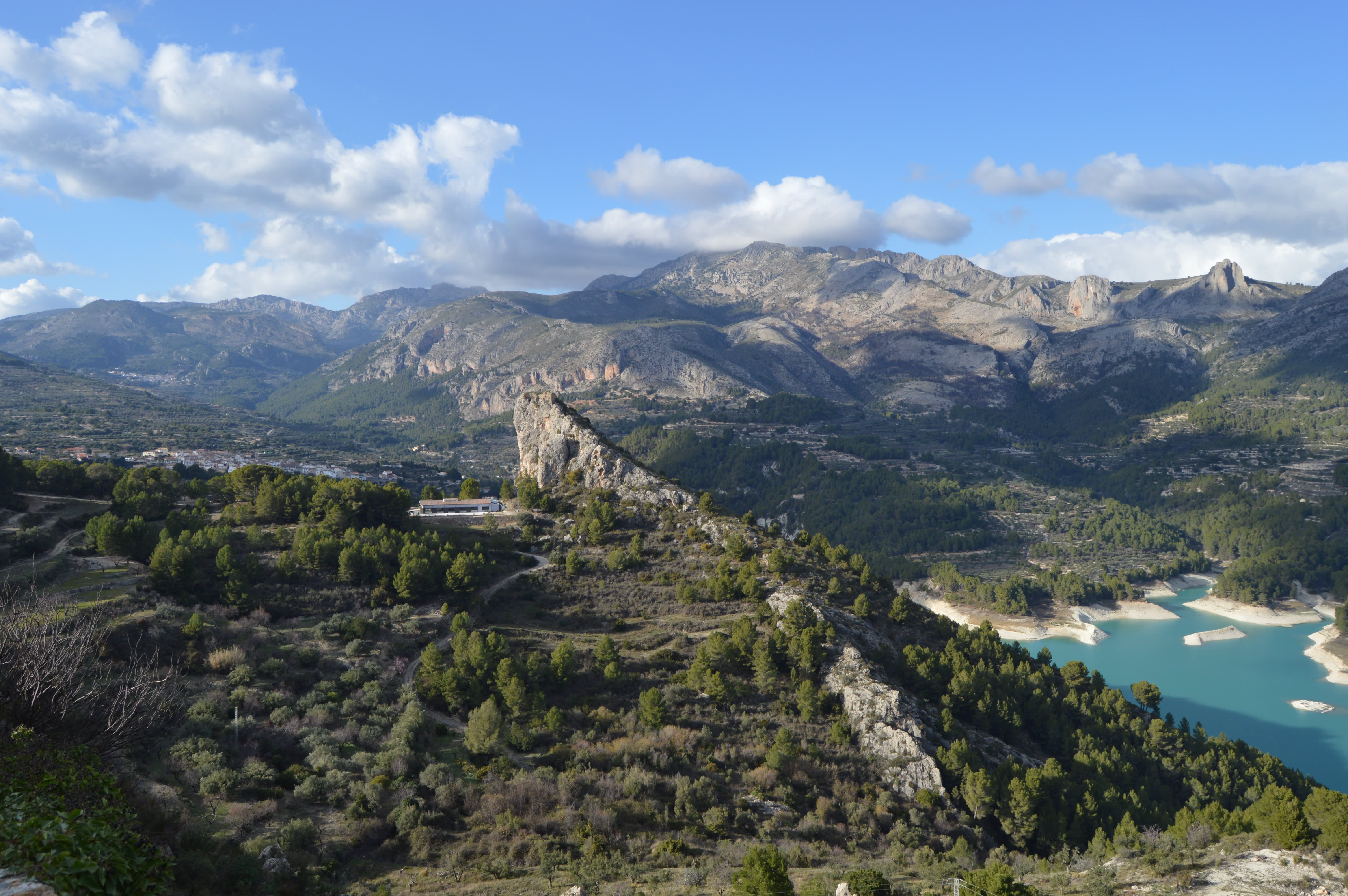
5. Soak up the sun on the Sierra de Aitana trek
Boasting 300 days of sunshine a year on average, the Sierra de Aitana is the perfect place for travellers who are wanting to go on a walking and trekking holiday out-of-season. On our 8-day Sierra de Aitana Trek, you’ll make your way to Guadalest, on the north face of the Aitana Massif. This is a centre-based trip, so you’ll enjoy circular walks each day and an enchanting stay at Hostal Rincón de Pepe, a small family-run hotel.
You’ll also be led by one of our award-winning, expert local guides, José Miguel, who has not only been running trips in the Sierra de Aitana for over 20 years but was also instrumental in writing some of the first trekking maps in the region that are still used to this day. Many of his travellers also commend his delicious triple-decker sandwiches, which are freshly prepared with local produce for post-hike picnics before your set out on your daily walks.
The itinerary begins by taking you towards Racó de Tovaines, where you’ll pass the towering limestone needles of Penya Roc and Collado Papatxi, an impressive area full of soaring rock walls. Your next circular walk takes you to Peña del Rastrell and on towards Callosad’en Sarria, which boasts spectacular sweeping views overlooking Altea Bay and the Guadalest Valley. Day four is one of the more challenging days, where you’ll ascend Pico Serrella and head to Mallada del Llop (4,465/1,361m) for a picnic, before making the steep descent exploring the Barranc de la Canal Gorge, and the abandoned farmhouse at Penyeta de la Hedra enroute. You’ll end the day with a visit to an award-winning olive oil factory in Beniardá.
After a free day, you’ll pick up the pace once more by summiting Puig Campana (4,626ft/1,410m) and spend the following day discovering the northern slopes up to Font de Partagat, before scrambling to Pas de la Rabosa, where you’ll find the Simas Limestone fissures close by – the perfect panoramic spot for your last picnic of the trip. One of the major highlights for many though is the optional trek you can make to the summit of the Sierra de Aitana. From the top, on clear days, you will easily be able to the Penyagolosa de Castellón to the north and the spectacular mountains of Murcia to the south.
If these trips have inspired you to start thinking about booking an incredible walking adventure this year, why not browse our full collection of trips here.
